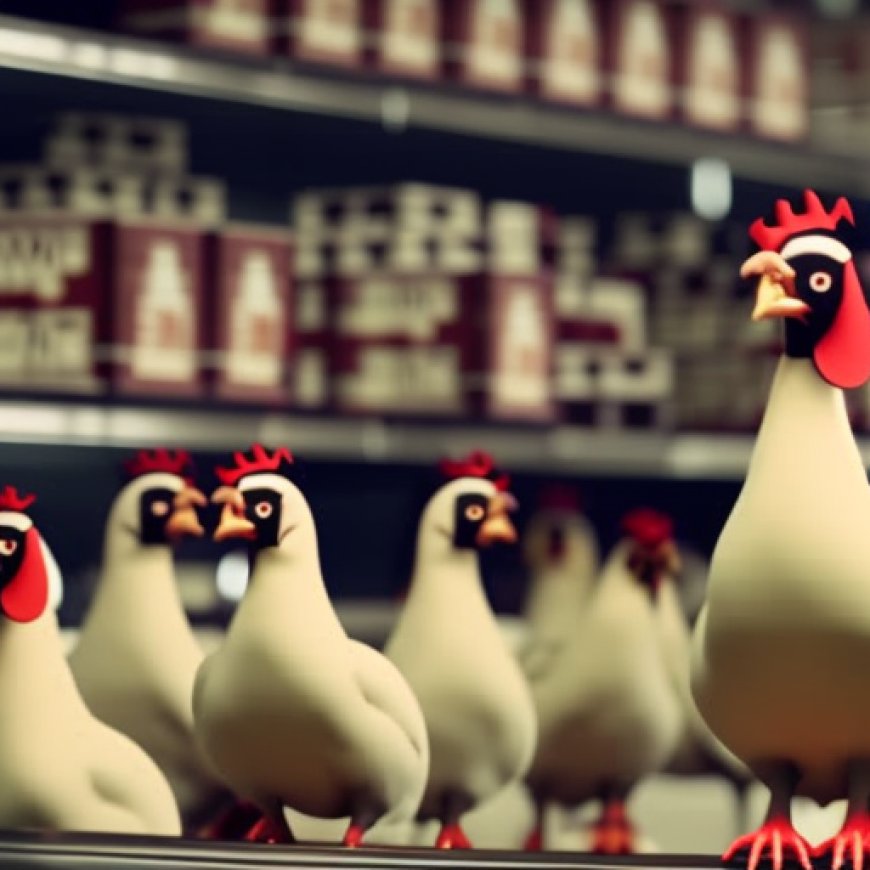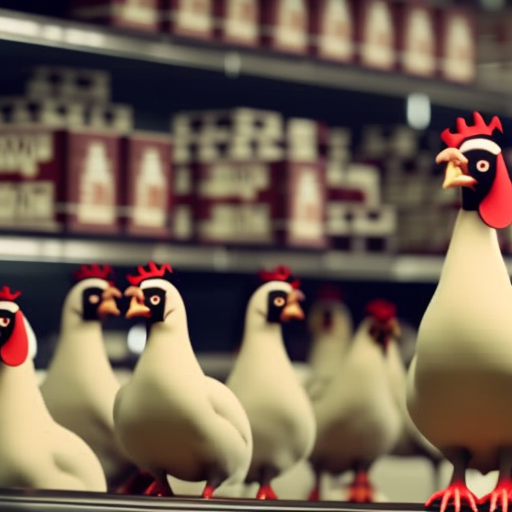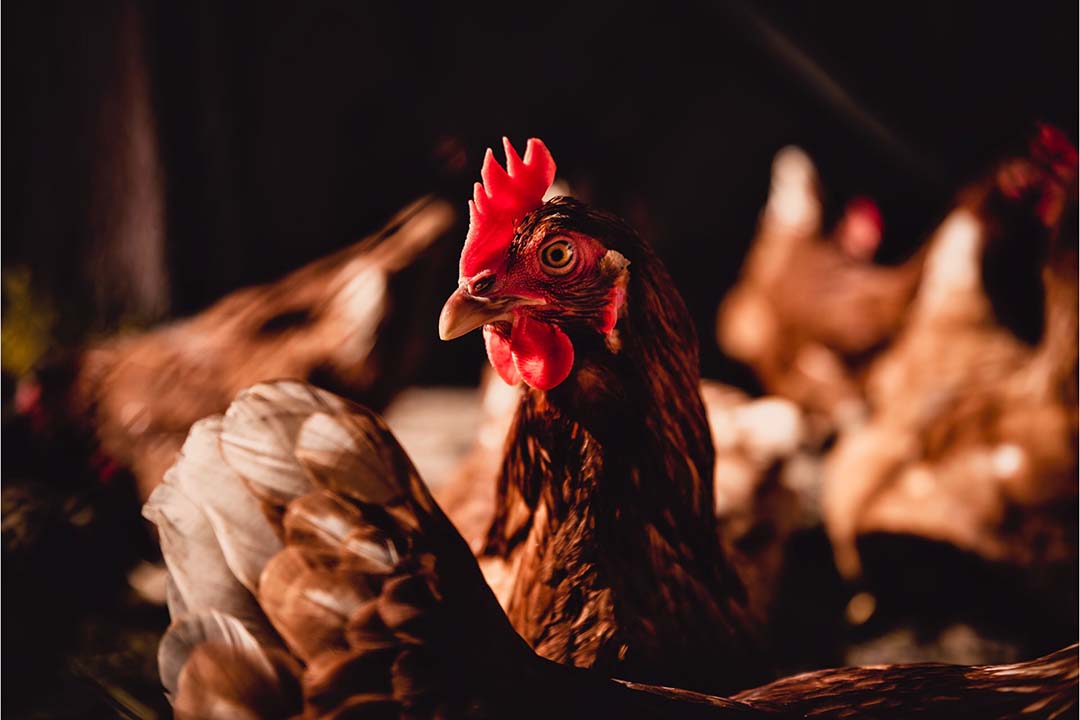UK: Poultry sector supply chains need to be fit for the future – Poultry World
UK: Poultry sector supply chains need to be fit for the future Poultry World


Supply Chain Opportunities and the Need for a Food Risk Strategy

Supply chain expert and Herefordshire broiler producer, Professor Louise Manning, emphasized the need for strengthening supply chains in the poultry sector. However, she also highlighted the importance of the government implementing an appropriate food risk strategy instead of solely focusing on food security. Speaking at the National Farmers’ Union poultry debate, Manning, who is a professor of sustainable agri-food systems at the University of Lincoln, discussed the challenges faced by the industry.
Manning mentioned that farmers can expect “green finance” from the banking sector, but they are simultaneously under pressure to maintain low food prices. She argued that the stability experienced in the past 20 years is not the norm and that the world is highly unpredictable. Manning encouraged farmers to assess their risk appetite and consider adjusting it accordingly.
Agility and Resilience
Manning highlighted that the poultry industry has spent years streamlining operations and reducing costs. However, this approach proves ineffective during shocks and disruptions in the supply chain. She emphasized the need for farmers to be agile in adapting to changing circumstances. Manning defined resilience as the ability to bounce back without breaking and stressed that farmers must strive to bounce forward in order to succeed.
James Mottershead, NFU poultry board chair, acknowledged that the sector is facing significant challenges. These include soaring production costs, shortages of eggs on retail shelves, and a lack of confidence to invest, resulting in some producers leaving the sector. Mottershead expressed concern about the jeopardy faced by the supply chain in both the egg and broiler sectors. He emphasized that retailers and the government need to fully understand the extent of the challenges faced by farmers. The industry has also been impacted by rising interest rates and outbreaks of avian influenza, leading to trade barriers and restrictions on the movement of birds.
Fairness
The British Poultry Council recently highlighted the need for fairness in the industry. They emphasized the importance of exploring fairness from various dimensions, including commercial fairness, resource efficiency, and environmental management. The council referred to “artificially low prices” as a symbol of a larger problem. They called for a long overdue conversation about the true cost of a sustainable food system, which incorporates fairness, security, livelihoods, and overall supply chain resilience.
SDGs, Targets, and Indicators
-
SDG 2: Zero Hunger
- Target 2.1: By 2030, end hunger and ensure access by all people, in particular the poor and people in vulnerable situations, including infants, to safe, nutritious and sufficient food all year round.
- Indicator 2.1.2: Prevalence of moderate or severe food insecurity in the population, based on the Food Insecurity Experience Scale (FIES).
-
SDG 8: Decent Work and Economic Growth
- Target 8.5: By 2030, achieve full and productive employment and decent work for all women and men, including for young people and persons with disabilities, and equal pay for work of equal value.
- Indicator 8.5.1: Average hourly earnings of female and male employees, by occupation, age group and persons with disabilities.
-
SDG 12: Responsible Consumption and Production
- Target 12.3: By 2030, halve per capita global food waste at the retail and consumer levels and reduce food losses along production and supply chains, including post-harvest losses.
- Indicator 12.3.1: Food loss index.
Analysis
1. Which SDGs are addressed or connected to the issues highlighted in the article?
The issues highlighted in the article are connected to SDG 2: Zero Hunger, SDG 8: Decent Work and Economic Growth, and SDG 12: Responsible Consumption and Production.
2. What specific targets under those SDGs can be identified based on the article’s content?
Based on the article’s content, the specific targets that can be identified are:
- Target 2.1: By 2030, end hunger and ensure access by all people, in particular the poor and people in vulnerable situations, including infants, to safe, nutritious and sufficient food all year round.
- Target 8.5: By 2030, achieve full and productive employment and decent work for all women and men, including for young people and persons with disabilities, and equal pay for work of equal value.
- Target 12.3: By 2030, halve per capita global food waste at the retail and consumer levels and reduce food losses along production and supply chains, including post-harvest losses.
3. Are there any indicators mentioned or implied in the article that can be used to measure progress towards the identified targets?
Yes, there are indicators mentioned or implied in the article that can be used to measure progress towards the identified targets:
- Indicator 2.1.2: Prevalence of moderate or severe food insecurity in the population, based on the Food Insecurity Experience Scale (FIES).
- Indicator 8.5.1: Average hourly earnings of female and male employees, by occupation, age group and persons with disabilities.
- Indicator 12.3.1: Food loss index.
Table: SDGs, Targets, and Indicators
| SDGs | Targets | Indicators |
|---|---|---|
| SDG 2: Zero Hunger | Target 2.1: By 2030, end hunger and ensure access by all people, in particular the poor and people in vulnerable situations, including infants, to safe, nutritious and sufficient food all year round. | Indicator 2.1.2: Prevalence of moderate or severe food insecurity in the population, based on the Food Insecurity Experience Scale (FIES). |
| SDG 8: Decent Work and Economic Growth | Target 8.5: By 2030, achieve full and productive employment and decent work for all women and men, including for young people and persons with disabilities, and equal pay for work of equal value. | Indicator 8.5.1: Average hourly earnings of female and male employees, by occupation, age group and persons with disabilities. |
| SDG 12: Responsible Consumption and Production | Target 12.3: By 2030, halve per capita global food waste at the retail and consumer levels and reduce food losses along production and supply chains, including post-harvest losses. | Indicator 12.3.1: Food loss index. |
Behold! This splendid article springs forth from the wellspring of knowledge, shaped by a wondrous proprietary AI technology that delved into a vast ocean of data, illuminating the path towards the Sustainable Development Goals. Remember that all rights are reserved by SDG Investors LLC, empowering us to champion progress together.
Source: poultryworld.net

Join us, as fellow seekers of change, on a transformative journey at https://sdgtalks.ai/welcome, where you can become a member and actively contribute to shaping a brighter future.







